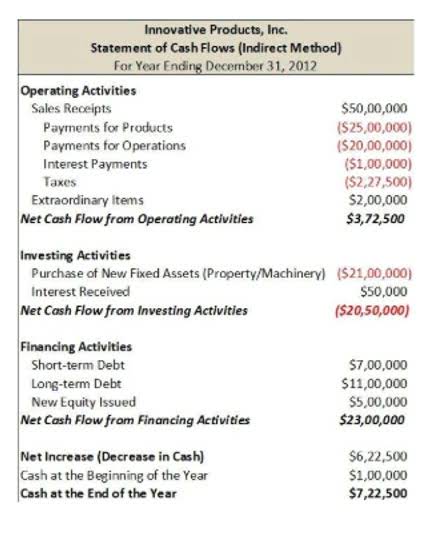21 4 Correction of Errors Intermediate Financial Accounting 2

Many accounting errors can be identified by checking your trial balance and/or performing reconciliations, such as comparing your accounting records to your bank statement. Often, adding a journal entry (known as a “correcting entry”) will fix an accounting error. The journal entry adjusts the retained earnings (profit minus expenses) for a certain accounting period. To ensure accuracy, it’s essential to calculate retained earnings properly, as it directly impacts the financial statements.
Errors of Reversal
- Forgetting to enter a transaction compromises your data integrity.
- Double Entry Bookkeeping is here to provide you with free online information to help you learn and understand bookkeeping and introductory accounting.
- Not recording data is common, whether it’s not reporting expenses or not adjusting inventory quantities.
- The accrual method of accounting uses double-entry bookkeeping.
- An error of omission happens when you forget to enter a transaction in the books.
B would have no effect on the TB since neither the debit nor the credit side of the transaction has been accounted for. Your goal is to find compensation errors before payroll is run. Otherwise, you might be hearing about the errors from your employees, themselves. If the current payroll amount varies significantly from previous payroll periods, take another look at compensation. The potential impact of a data entry error can vary from something minor to a major mishap, such as underpayment or overpayment of a vendor. Double Entry Bookkeeping is here to provide you with free online information to help you learn and understand bookkeeping and introductory accounting.

Misuse of accounting software

For the purposes of the exam, any errors which must be identified and corrected will be realistic in terms of a computerised accounting system. Accounting errors are mistakes that are made in previous financial statements. This can include the misclassification of an expense, not depreciating an asset, miscounting inventory, a mistake in the application of accounting principles, or oversight. Errors are retrospective and must include a restatement of financials. The vehicle’s cost was $50,000 and was expected to have a useful life of five years with no residual value. Assume that depreciation for tax purposes is calculated in the same way as for accounting purposes, and that the company’s https://www.bookstime.com/ tax rate is 20%.

How do you identify errors in posting?
Now that you understand what type of error it is, it’s time to classify it as a deferral (also known as prepayment) or an accrual. Then ask, “Is it part of accrued revenue, accrued expense, deferred (unearned) revenue, or deferred (prepaid) expense? ” Once those steps have been discovered, an adjusted journal entry is created to fix it. There are many ways to prevent correction of book error and spot accounting errors before they can slow you down.

Entry reversal error
For the post-final accounts stage, rectification is carried out through profit and loss account adjustments. Every business is interested in finding out its true results in terms of profit or loss from the operational activities, as well as its true financial position at the end of the financial year. Errors should be rectified; otherwise, a business enterprise will not be transparent. It will fail to be creditworthy and not show the correct profit or loss. If a similar figure exists, check whether it is entered in the correct column. Also, if a figure is entered in the wrong column, then there will be a difference to the extent of double the amount.
To fix the entries, find the difference between the correct amount and the mistaken entry. Debit the additional $50 to the cash account and credit $50 to the accounts receivable account. The information from financial documents like an invoice isn’t entered correctly in the books. The more often you reconcile your accounts, the more likely you are to find accounting errors. Carve some time into the week or month to compare your accounts and ensure accounting errors aren’t going over your head. When you https://x.com/BooksTimeInc reconcile your accounts, you compare the numbers in an account with another financial record (e.g., bank statement) to ensure the balances match.
